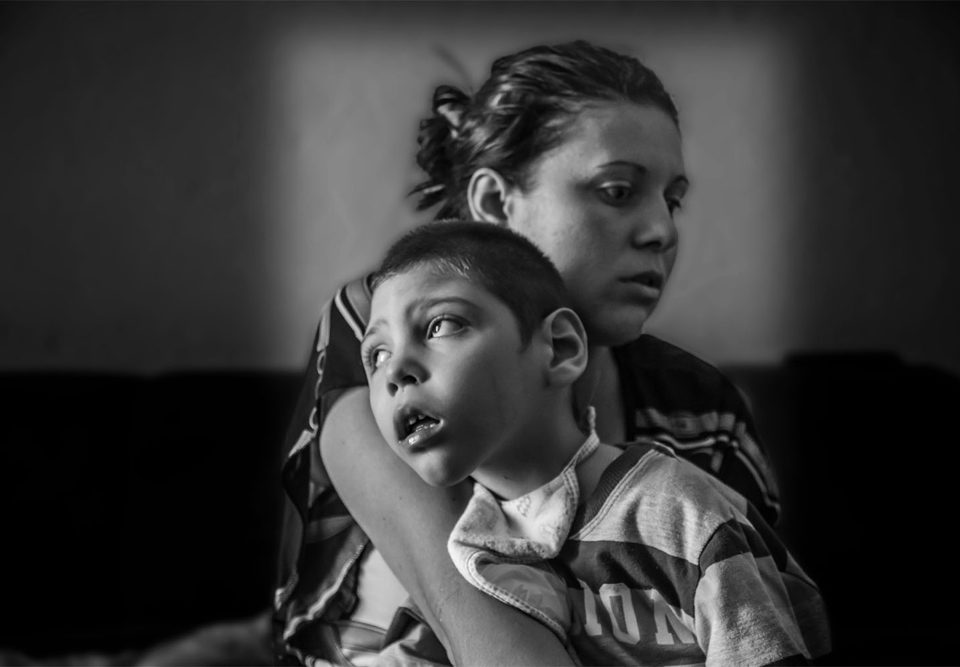
This is the first of 10 essays discussing categories I use
to understand how to use my camera on this beautiful planet.
1/ I photograph the world without the obvious presence of people or culture.
——————————————
OUR PLANET
As a member of a species lucky enough to have been conceived on this planet,
I am part of this planet’s chemistry. Thus, I have a compelling interest in its wellbeing.
See my latest documentary, THIS GOOD EARTH.
PRESERVATION
It is my belief (as I think it was Ansel Adams) that to show this planet’s splendour as clearly as possible, using the beauty of high quality black and white photography can help convince people not only about how amazing this planet is, but how it must be preserved by us. It is this simple, clearly truthful showing/telling that may help us as a species reach a tipping point where we demand that politicians and CEO’s stop destroying our natural world.
LAND AND SEA
This photograph is part of a series from near Positano, on southern Italy’s Amalfi coast.
It is a beautiful, rugged landscape with Mediterranean flora and fauna.
In summer the perfume of pine rises from the earth,
while the blue sea remorselessly challenges the coastal town’s fishermen,
things redolent with memories of our earlier selves.
It is not for nothing that ‘Mediterranean’ means ‘the centre of the earth’.
SCIENCE AND MYTH
When looking at this photograph, allowing it to speak not only of physical matter but of myths and legends,
I see the hare, the man starring with burning eyes, the monster peeking out and more.
Is this wishful thinking, a mere fantasy, or an embrace of an unidentifiable presence of energies
which inhabited our ancient world?
I am not a mystic; I appreciate and embrace rationality and scientific proofs as being real,
but I also know that the irrational in us allows us to embrace stories that are much deeper in our psyches.
Unfortunately, those who desire power also know this.
TECHNIQUE
I decided that photographing details of the soil, roots, grasses and other vegetation
would be another way to reveal the beauty of a region that has otherwise been shown
many times in landscape photography.
To do this, I recalled the harsh reality of Weegee’s blunt photographs of murder in New York City,
and, like him, I used a flash next to my lens to expose the subject.
The flash allowed me to shoot at a very high f stop (this was pre-digital) thus getting deep focus.
I wanted everything in the frame to be as sharp as possible.
Of course, the flat straight-on lighting meant that there were hard shadows,
but all the surface details would be and are sharp and clear.
It was printed with the deepest black I could attain, while not burying the many shadowed details,
and with a white which holds detail so there are no bald areas.
This method makes the breadth of the image seem alive with the busyness of details rendered by the many tones.
The wide shot of a landscape, below, is a more typical way to show the earth without the presence of our species,
and it can be informative and beautiful.
I think the detailed close-up above in combination with the wide shot
is far more telling, informative and beautiful.
This touches upon the value of sequences in relation to individual images,
to be discussed in the future.



